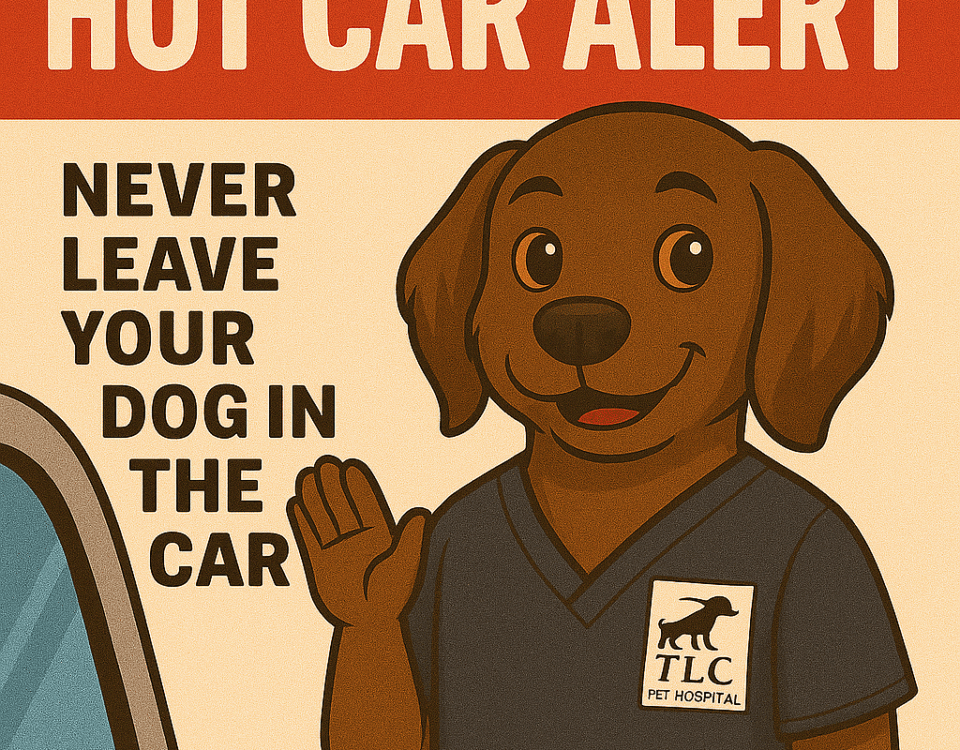Ten Spring/Summertime Plants that are Toxic to Pets
May 13, 2014You Could Win!
September 23, 2014It’s every pet parent’s nightmare: Your beloved dog or cat has gotten loose, and you don’t know where he or she is. Don’t panic—there are many steps you can take to locate your little one. Swift action, coupled with major neighborhood networking, will increase the odds of having your furry friend back in your arms! The key is to get the information out to as many people and places as you can, so enlist the help of friends and make sure to involve your entire family in the search effort.
IDs, Please
It’s a good idea for all of your animal companions—even indoors-only pets—to always wear a collar with an ID tag. The ID tag should have your name and a current phone number. If you’ve chosen to microchip your pet as a means of permanent identification, keep in mind that microchips are only as good as the information provided to the chip’s company. If you’ve moved or changed your phone number since registering your pet’s chip and forgot to submit an update, please do so as soon as you can.
Hide and Seek
As soon as you notice that your pet is missing, talk to your family members or housemates and ask when they last saw your pet. It’s a good idea to search your home carefully—under beds, in closets, dark places, small places, behind bulky furniture—in case your pet may be hiding or sleeping somewhere. Shaking a food dish, treat jar or favorite toy will sometimes lure animals out of a hiding place.
If you are sure your pet is not in or around the home, take a slow ride or walk around the neighborhood. Ask friends or neighbors if they’ve seen your animal companion; be sure to bring along a recent photo to show them. Check under porches and shrubs, and ask neighbors to check in sheds and garages just in case your pet was accidentally locked in.
Work the Phones
Your first calls should be to all the animal control agencies, shelters (both municipal and private) and rescue groups in your area; one of them could have your pet in custody already. Check in with the bigger shelters daily—and pay your visits in person with photos of your pet to distribute, if possible.
If there are no shelters close to your home, contact the police.
News Flash
Your next task? Creating a “lost pet” flyer. We recommend sticking with one design, as repeated viewings of a consistent message are more likely to stick in people’s minds. You’ll need to include a lot of info on your flyer, so use your limited space wisely:
– Start with a big, bold headline that people can read from a distance: “LOST DOG” or “MISSING CAT” is fine.
– Under the headline, a photo of your pet would be ideal. Make sure he’s still well-represented after the picture’s been photocopied or printed. List his breed, sex, color, age, weight, distinguishing features, and where and when he was last seen. It is very important that your pet is described accurately.
– Provide your name and two phone numbers; yours, of course, and a friend or family member’s in case you cannot be reached.
Blanket the Neighborhood
With your flyers in hand (and hopefully, a crew of supportive helpers), it’s time to hit the streets. Good places to post your flyers may include:
– Dog runs and parks
– Pet supply stores and pet grooming shops
– Veterinary offices
– Various commercial establishments, such as grocery and convenience stores, gas stations, Laundromats, bars, cafes and restaurants.
– Lampposts and trees. Cover extra heavily the areas where you think your pet was lost, as well as busy commercial and pedestrian sections of your town.
– Around schools, at kids’-eye level. Children can be more observant than adults, especially when it comes to animals.
Note, be sure to ask permission before posting your flyers!
Use Email and Social Media
Send descriptive emails about your lost pet to local friends, colleagues and family members, and ask them to pass on the info to anyone they can. In addition, don’t forget to use social media! Create a digital card with information about your lost pet and share it far and wide across all of your social networks–Facebook, Twitter, Instagram, Google+, etc. Don’t forget to ask your friends to share the digital card with their friends as well. Also, most places across the country have local “Lost Pets” Facebook pages where they post information about missing pets, so reach out those page admins and see if they will share information about your pet to their network. You can even create your own Facebook page for your lost pet and share that across all of your social networks.
Don’t Give Up!
This one’s important! And remember that many lost animals have found their way back home.



